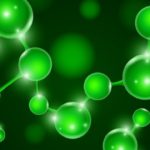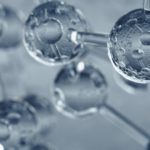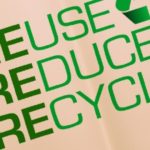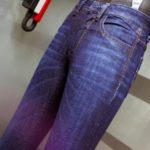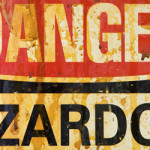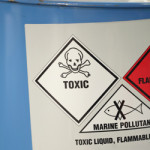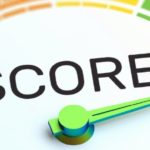
In 2013, some apparel brands wanted more information about the chemicals used to make their products. The Screened Chemistry Program made this a reality. The Screened Chemistry Program is a brand developed program that assesses and scores chemicals and chemical formulations used in the apparel industry. It was developed by LS&Co. and ToxServices in 2013. […]

